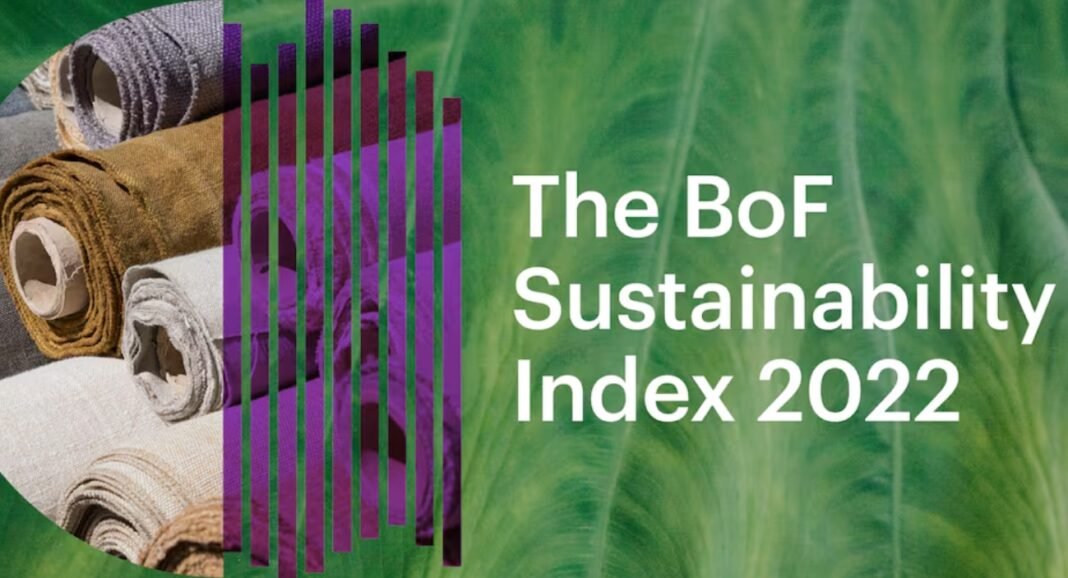As the world races to meet ambitious climate targets by 2030, the fashion industry—long scrutinized for its environmental footprint—finds itself at a critical crossroads. According to The Business of Fashion (BoF) Sustainability Index 2022, despite growing awareness and some positive steps, meaningful transformation across fashion’s vast and complex ecosystem has yet to gather the momentum required to meet global climate ambitions.
The Urgency of Change
The fashion sector is one of the most resource-intensive and polluting industries worldwide, responsible for approximately 10% of global carbon emissions and significant water consumption and waste. With climate experts emphasizing the need for rapid decarbonization and sustainable practices, fashion brands, manufacturers, and stakeholders face mounting pressure to fundamentally rethink how they design, produce, and distribute garments.
What the BoF Sustainability Index Reveals
The 2022 report by BoF assesses how fashion companies are progressing against key sustainability metrics, such as carbon reduction commitments, circularity efforts, supply chain transparency, and ethical labor practices. Unfortunately, the findings underscore a widespread shortfall:
- Commitments vs. Action: While more brands are pledging to reduce emissions and embrace sustainability goals, actual implementation often lags. Many initiatives remain in pilot phases or lack clear, measurable outcomes.
- Supply Chain Complexity: The fragmented and globalized nature of fashion supply chains continues to hamper transparency and accountability. Brands struggle to track and influence emissions beyond their direct operations, especially at the raw material and manufacturing stages.
- Circularity Still Nascent: Efforts to close the loop through recycling, upcycling, and secondhand markets are growing but remain niche. The majority of fashion products still follow a linear “take-make-waste” model, perpetuating waste and environmental harm.
- Uneven Progress Across the Industry: Luxury and high-end brands often lead with dedicated sustainability teams and investments, whereas mass-market and fast-fashion players face greater challenges balancing cost pressures with responsible practices.
Why Momentum Has Been Slow
Several factors contribute to the sluggish pace of change:
- Economic Pressures: Post-pandemic recovery and inflationary costs force many companies to prioritize short-term financial survival over long-term sustainability investments.
- Lack of Standardization: The absence of unified metrics and reporting frameworks leads to inconsistent goals and confusion among brands and consumers.
- Consumer Behavior: While demand for sustainable products is rising, price sensitivity and convenience still heavily influence buying decisions, limiting market incentives for greener alternatives.
A Path Forward
The BoF report emphasizes that incremental steps won’t be enough. To truly align with global climate goals, the fashion industry must accelerate action by:
- Setting science-based, transparent targets for emissions and resource use.
- Investing in innovative materials, regenerative agriculture, and circular business models.
- Strengthening supply chain partnerships and improving traceability.
- Educating consumers and promoting sustainable consumption habits.
The Stakes Are High
With the 2030 deadline looming, the fashion industry’s sustainability journey is a defining test of its capacity to adapt and lead. The BoF Sustainability Index 2022 serves as both a sobering reality check and a call to arms—highlighting the urgent need for collective, bold action to create a more responsible, climate-conscious future for fashion.
4.1-mini






